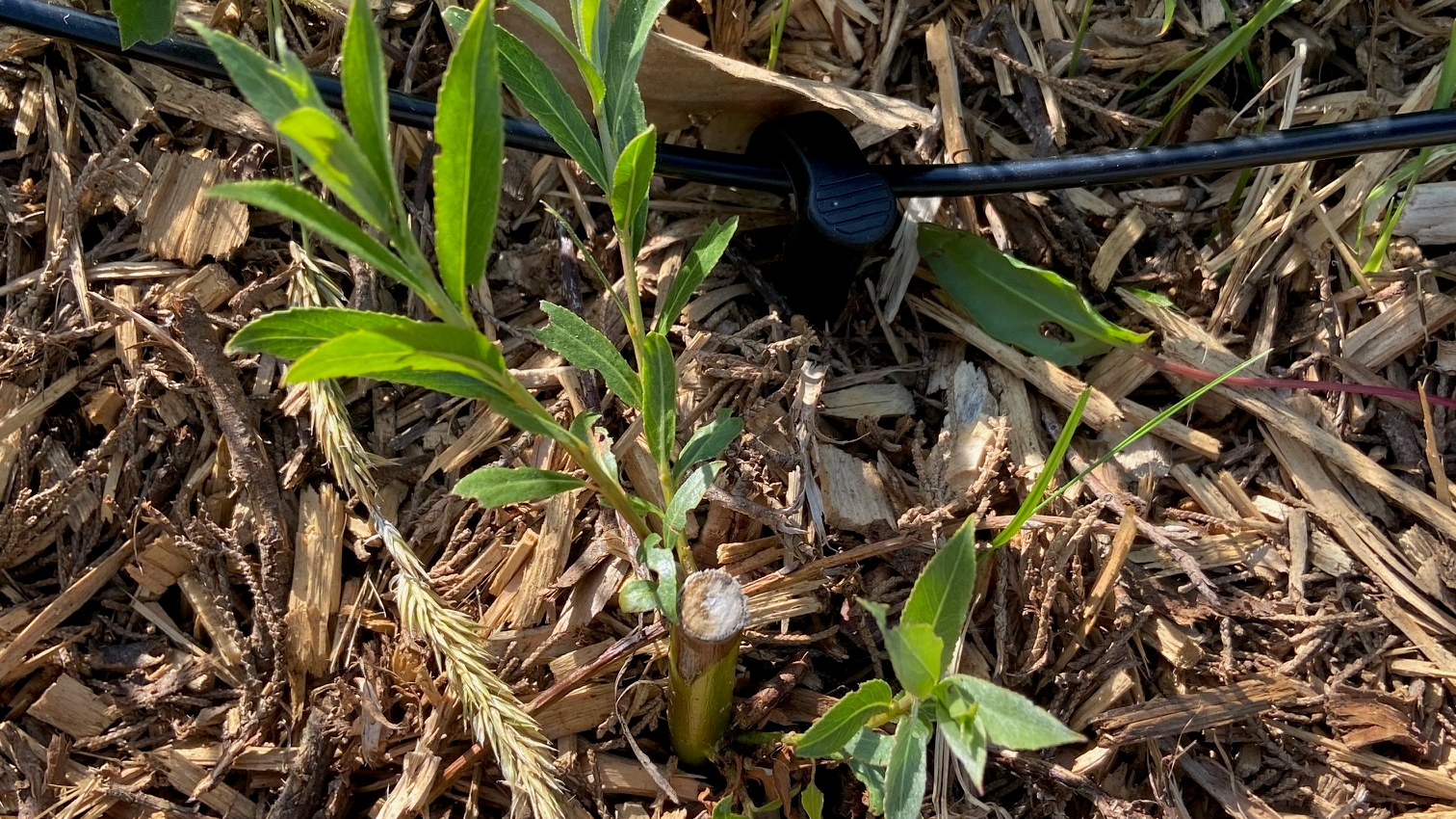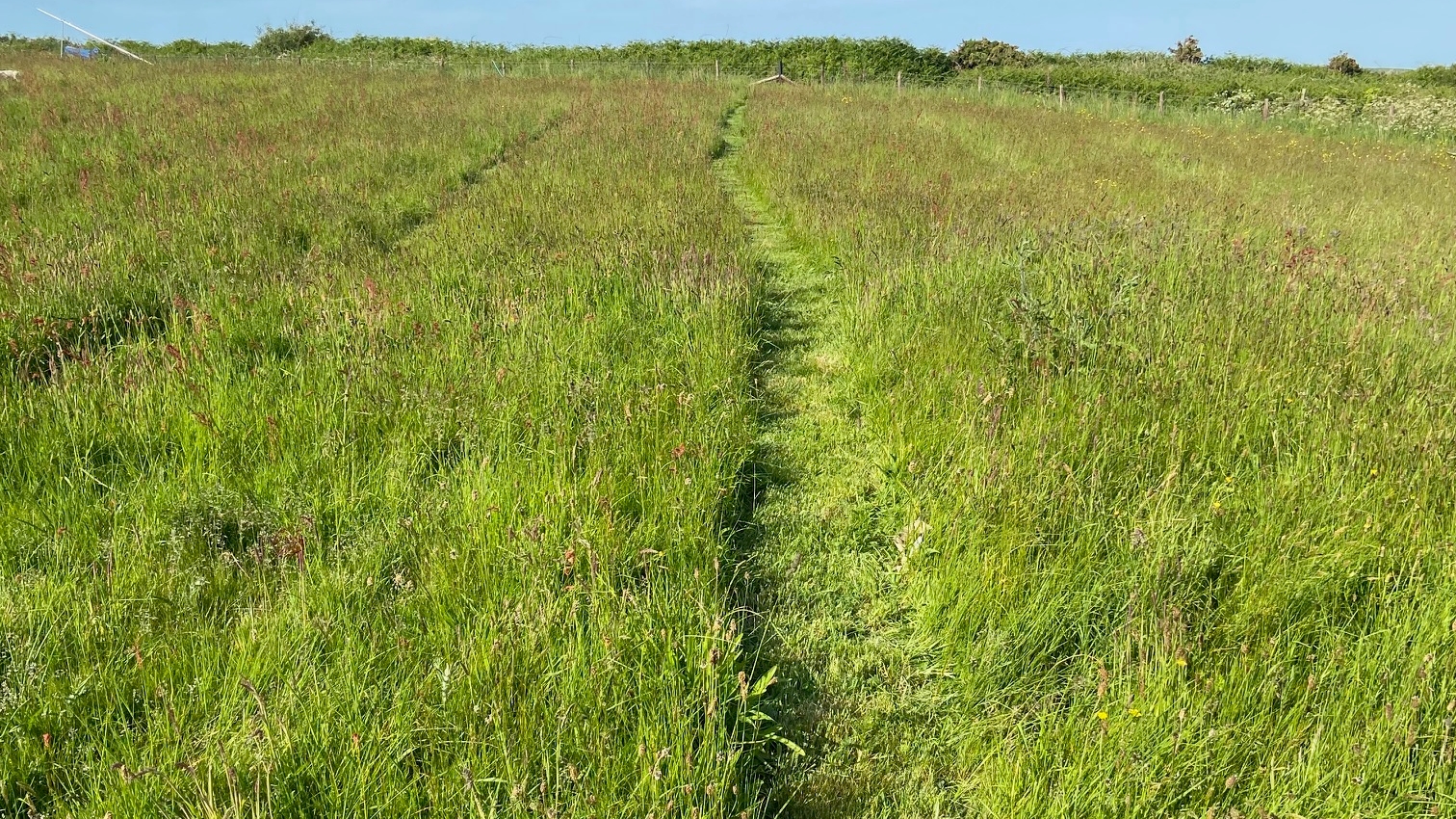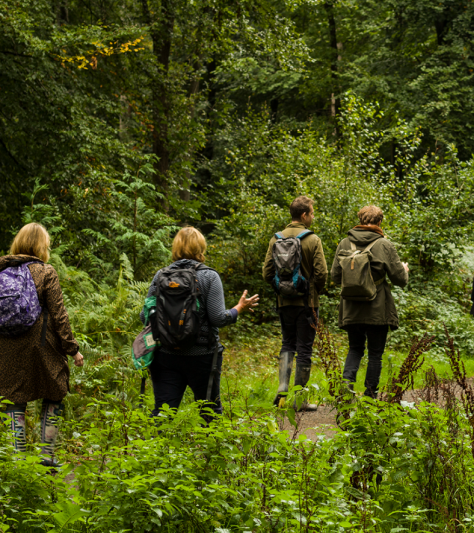Bringing Cricket Bat Willow to West Wales
Salix Alba (cricket bat willow) has traditionally been grown in the South East of England as a commercial crop.
UK-grown cricket bat willow is seen as a premium product, much prized above cricket bat willow grown across Europe. It is in particularly high demand in India and Pakistan for cricket bats.
The drought in 2022 underlined the unpredictability of weather patterns, affecting willows grown in South East England. As the climate changes, Ed Caldecott (who established Green the UK) and his business partners believe that traditionally wet Wales will provide significant opportunities for cricket bat willow.
Establishment

Above: a solar-powered, spring-fed watering system helps establish cricket bat willow in West Wales
Thanks to the Grants for Resilient Woodlands scheme, Ed and partners have now planted 1,000 cricket bat willows whips sourced from a nursery in Sussex on a hillside near Cardigan in West Wales.
Phase one of the project is to create a 5ha wildlife meadow nursery next to existing woodland at Bryntirion. The whips are being watered by spring water which is being pumped uphill using power from solar panels.
Adrian Gunn Wilson will be the trees’ primary carer. Together with Ed, he will de-bud the trees by hand in spring and follow best practise in ensuring straight growth and protection from frosts and pests.
Coppicing
As the whips grow they will be coppiced in around four years and the resulting poles planted to grow into new trees. These will be planted at 40 willows per acre, ten metres apart in the eight-mile long Afon Cych valley. The original plantings will then regrow ready for future coppicing and to produce yet more trees.
Financial Returns

Above: the nursery meadow
Mature cricket bat willow will be harvested after 15-20 years. India and Pakistan are expected to be the main markets. Over time, Ed plans to see his initial 1,000 tree investment become 250,000 trees. A return on investment will build from 2038.
Biodiversity
After decades of being grazed by sheep or used for silage, biodiversity along the Afon Cych valley has been depleted.
The valley is partly owned by Ed and his business partner with the remainder owned by a farmer with whom they have an agreement to plant.
A key objective is to increase local biodiversity both within the nursery meadow and the plantation. This will be monitored with a baseline survey due to be carried out along the valley.
The area has also been devasted by Ash Dieback and the new plantings will help link with an existing sycamore woodland and another newly planted mixed species woodland.
The hope is to create species-rich areas of wildflower meadows and habitats to attract back curlew, snipe and woodcock.
Flood Attenuation and Carbon Capture
The valley is a tributary to the River Teifi. The addition of new trees along the valley is expected to help prevent flooding further downstream by absorbing more water and helping to slow the flow.
The trees will absorb carbon as they grow and regrow. As cricket bats they will continue to store carbon for years to come.
More Information
If you are interested in learning more about this project, please email ecaldecott@spokenink.co.uk
07765 946026
Grants for Resilient Woodlands
Our Grants for Resilient Woodlands are funded by Train Hugger and Green The UK. They are open for applications from RFS and Royal Scottish Forestry Society (RSFS) members all year round.
Since the scheme began grants for 212,804 trees (£2,800 average grant payment) have been made.
These grants are to help people plant trees that will survive and thrive into the future. Creating better, more resilient treescapes for our environment, for people and for the economy.



